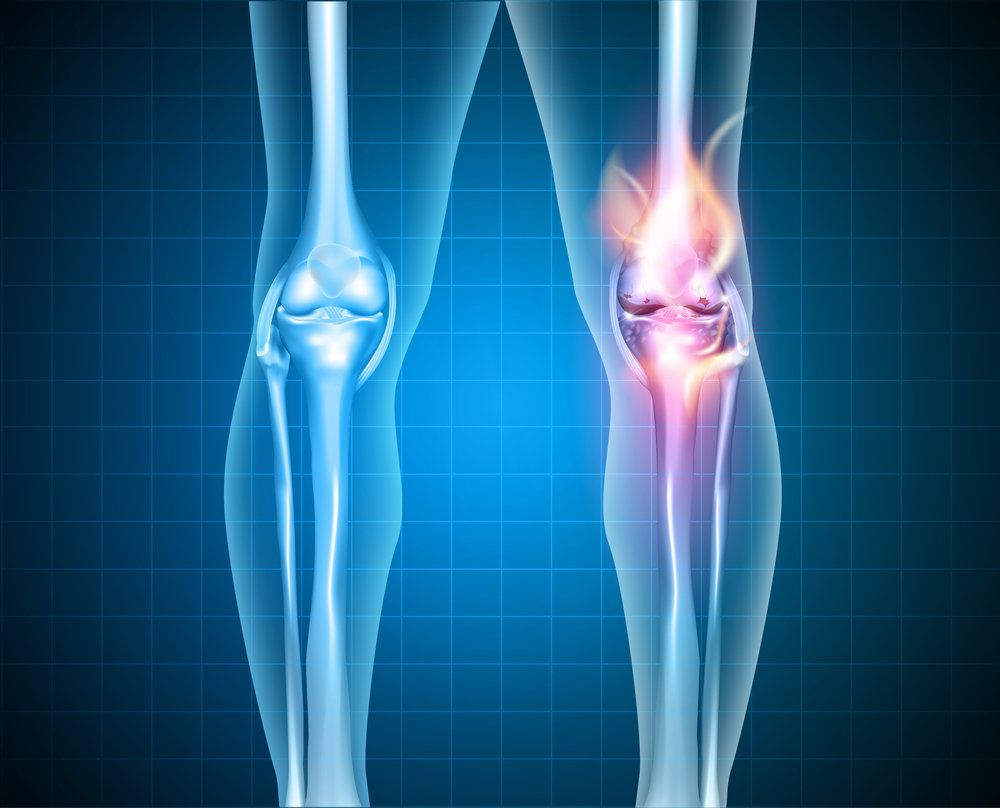
Serious injuries to the knees can be devastating. Not only is your daily life altered, but your career could be in jeopardy. Thankfully, advanced arthroscopic knee surgery and surgical joint replacement can restore your ability to walk, run, and get around normally again. We at Orthopaedic Specialists of Austin are pleased to have helped so many patients return to their favorite activities.
The quality of these surgical results really depends on the quality of a patient's recovery. With that in mind, the orthopedic surgeons at our Austin, TX surgery centers would like to cover the basics of healing after knee surgery.
The Type of Surgery Determines the Nature of Recovery
We should first note that the nature of the surgery you undergo will determine your healing experience. If you have an extensive knee surgery such as a knee replacement, your recovery time and experience will be much different than someone who undergoes ACL surgery. The most extensive the surgery, the longer your recovery time.
During the consultation process, we can go over timelines and the recovery process with greater specificity. Consider the information below a general guideline to knee surgery recovery.
A Stay in the Hospital
After the knee surgery is performed, you will likely remain in the hospital for monitoring for at least a night if not a few nights. This is a simple, common sense precaution that will make sure you are well enough after surgery to return home.
Time Off from Work
You will likely need to take some time off from work after your knee surgery to focus on recovery. The exact amount of time off will depend on the nature of your job and the extent of your surgery.
Even when you return to your job, you may need to modify your job duties until you have fully recovered. This will help prevent re-injuring your knee before it is fully healed. Make sure to arrange for medical accommodations following your surgery with your employer.
Wearing a Knee Brace
Knee surgery patients will typically wear a knee brace in order to keep their leg stabilized so it heals properly. Be sure to wear the knee brace as directed for the duration discussed with your surgeon.
Time on Crutches
To keep pressure off of your knee and allow proper healing, you will need to use crutches. This timeframe can range from one to two weeks for some surgeries, up to four to six weeks for joint replacement procedures. Take things slow to prevent harming your knee in the crucial early stages of healing.
Common Side Effects
Some common side effects following knee surgery include soreness, discomfort, itchiness, bruising, and swelling. You can take pain medication as directed to help reduce your discomfort after surgery. Cold compresses and keeping your leg elevated can help address bruising, swelling, and some of the pain you experience as well.
Physical Therapy
Physical therapy is an essential part of making a full recovery after knee surgery. This will help you build strength in the knee, get used to any changes in the feel of the knee, and help you get accustomed to regular activities again. Go to physical therapy regularly so you can continue on the road to making a full recovery.
Returning to Normal Physical Activities
Returning to normal activities can take some time. For minor knee surgery, simple activities such as driving may be cleared within two weeks; high-impact physical activities will be cleared after about six months. For more extensive knee surgery, it could take six to eight weeks before you can drive again, and up to a year before you can engage in strenuous physical activities.
Time is crucial after knee surgery as it is with all kinds of surgical healing. Do not rush the recovery process. Take things easy and pay attention to the needs of your knee.
Contact Orthopaedic Specialists of Austin
To learn more about knee surgery, preparation for a procedure, and the post-op process, be sure to contact our team of orthopedic surgery specialists. The team at Orthopaedic Specialists of Austin is here to help. You can reach us by phone at (512) 476-2830.
